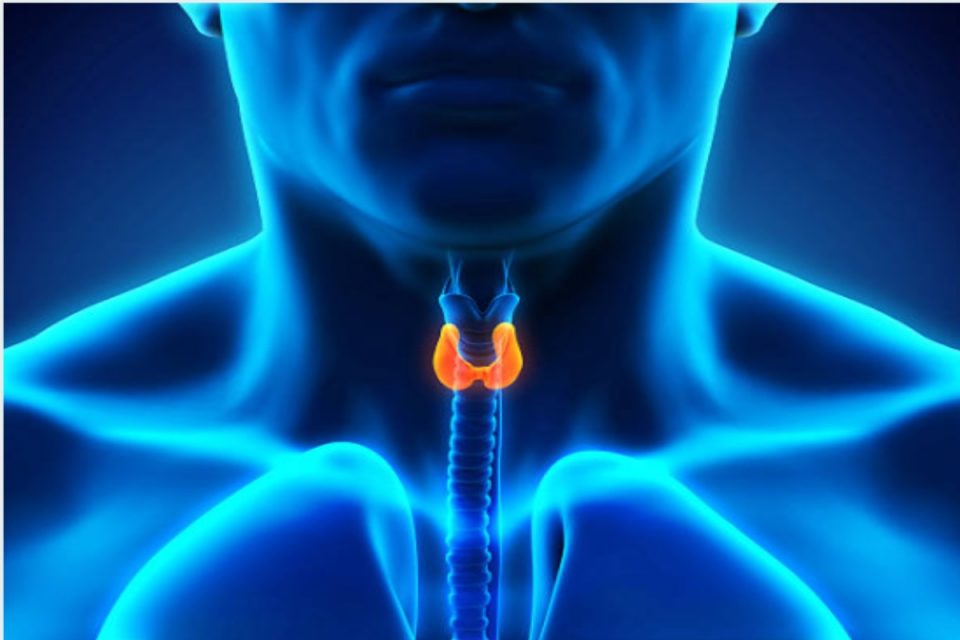Cancer and Thyroid Isthmus: Structural tissue is often affected during thyroid cancer
For many, the word “isthmus” refers to a narrow strip of land surrounded by water that connects two larger pieces of land.
When used in a medical capacity. It suggests something similar: a narrow organ, passage, or tissue that connects two more significant parts. It can be applied to the ears (isthmus of the Eustachian tube), uterus (isthmus of the uterus), brain (cingulate gyrus), and thyroid gland (thyroid isthmus
In this latter capacity, as part of the thyroid, the function of the isthmus acquires greater importance during the treatment of cancer.
Also read: Prostate Cancer Through Robotic Surgery
The Role of The Thyroid Isthmus
The isthmus is the tissue that forms a bridge between the thyroid’s two lobes and serves as a covering for two rings of the trachea. The thyroid itself is a butterfly-shaped gland in the front of the neck below the larynx.
On the other hand, The thyroid gland orders the body’s metabolism by secreting hormones that regulate temperature, growth, muscle strength, appetite, and the health of the heart, brain, kidneys, and reproductive system. The isthmus exists only to support and stabilize those organs.
Complications of the Thyroid Gland and Isthmus
A healthy thyroid is about the dimension of a quarter and usually cannot be felt or seen through the skin. In contrast, an inflamed thyroid (called a goiter) may look or feel like a lump on the front of the neck.
That is to say, The thyroid can sometimes have trouble secreting the right amount of hormones into the body. Too much hormone (a condition called hyperthyroidism ) can cause weight loss, sweating, chest pain, cramps, and diarrhea. Very little ( hypothyroidism ) can gain weight, feel cold and have dry skin or hair.
Complications of the isthmus include agenesis (the absence of the isthmus due to a congenital disability) or a direct injury (usually associated with one or two lobes).
Any abnormality in thyroid function will lead your doctor to measure thyroid-stimulating hormone (TSH) levels in your blood. Other assessments may include:
- a physical examination of the neck, thyroid, trachea, and lymph nodes to check for swelling or unusual growth
- ultrasonography, an imaging device that uses ultrasonic sound waves
- radionuclide scanning that uses an amount of radioactive material to highlight nodules during imaging
- thyroid tissue biopsy
Elimination of The Thyroid and Isthmus
That is to say, If a biopsy indicates cancer in the thyroid, parts of the thyroid gland may remove. This procedure, called a thyroidectomy, can involve the removal of one or two lobes. If the cancer invasive (extending beyond the site of the original tumor), the isthmus can also detached in a procedure called an isthmectomy.
There are several different types of thyroidectomy depending on the extent of the gland:
- Total thyroidectomy (removal of the entire thyroid gland)
- Thyroid lobectomy (single lobe removal)
- Partial thyroid lobectomy (partial removal of a wolf)
- Thyroid lobectomy with fistulectomy (removal of a wolf and isthmus)
- Subtotal thyroidectomy (removal of an entire lobe, isthmus, and partial lobe)

